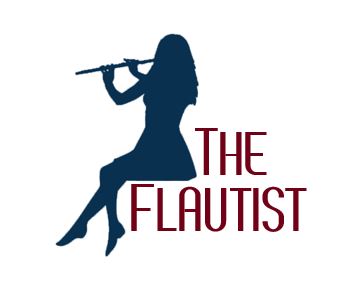Vocalise
by Sergi Rachmaninoff
Eileen Gilligan & Alex Raineri – Vocalise
The vocalise by Sergei Rachmaninoff is without a doubt one of the hardest pieces I have ever played. The musical lines are so long and always going somewhere powerful. It is an exhausting piece both breathing wise and musically. It is so sad it really took a lot out of me to play this on the day. I left it until last because it is so deep. Hard to believe someone would be in this much pain, I felt it in every note.
There was a time in my younger days when I thought it was wrong to play with emotion but I realised later that it is crucial but has to be controlled and less is always more in the end. That is why I am so passionate about the 24 Studies and the Tone Development . They help me play with refinement and passion. Never be afraid to play with passion and emotion and really get inside the composers wishes.
This Vocalise was composed in 1915 as the last of his 14 songs or Romances Op 34. Written for high voice and piano it contains no words but is sung using only one vowel of the singers choice. Most use A. The inspiration for this Vocalise was the great singer Antonina Nezhdanova. I have some examples below of her singing for you to listen to.
This appealed to me from a vocalisation point of view and bridging the gap between me and my voice. It certainly does that and is very taxing but the tone that can be produced by the voice and the flute meeting is so exciting. I haven’t finished with this and I am going to record it again in a year when it is the only piece on the programme and my sole focus is a performance of it. I think it is a monumental work and deserves this .
Rachmaninoff – Vocalise Op. 34 Nº 14 | Shafran, Cello, Ginzburg, piano
This is absolutely perfect and my ideal expression if this piece. I cry all the way through every time. I cant imagine anything could be better than this. Cellos don’t have to breathe lucky things so the phrases can be so lusciously long.
Dame Kiri Te Kanawa sings “Vocalise” – Rachmaninoff
Kiri Te Kanawa, so, so beautiful . Excellent inspiration.
Rachmaninoff conducts Vocalise
Rachmaninoff conducting in 1929. This gives insight into tempo and phrasing . Note the draw back before the repeat and the pain in section B its so compelling. the last few bars are so heart wrenching , it is captured here perfectly.
This update can’t cover the magnitude of Rachmaninoff you will have to go exploring and listen to his piano concertos etc .
Steinway Rachmaninoff Article
This is rather a lovely brief look at him. I must say I am a bit addicted to Steinways too.
Rachmaninoff Network
Articles, gallery, diary and publications.
Antonina Nezhdanova (soprano) – The Nightingale (Alabieff) (1908)
Antonina Nezhdanova (1873-1950): The dedicatee of Rachmaninoff’s Vocalise
What I do want to cover off on is harmonics and their role in colour on the flute. I remember when I was studying the 24 melodious studies we were working on No 2 and the concluding bar has an E octave . I was being guided to heartfelt expression in the middle register E then resolving down the octave. The demonstration was powerful I looked at him and thought WOW that hurt like a dagger through my heart, how did you do that? It is all in the addition of the fundamental 3rd harmonic into the sound so it gives that intense heartfelt colour. Understanding harmonics and their place in our sound and expression is so crucial . This is why I do so much on them every day.
I hope you enjoy this and also work through all the harmonics on the website, it is so easy to get complacent and think been there done that I can do these but they are tricky little things.
